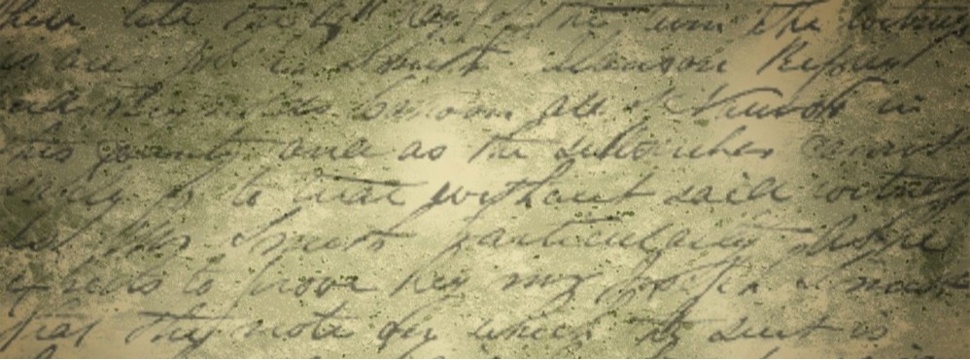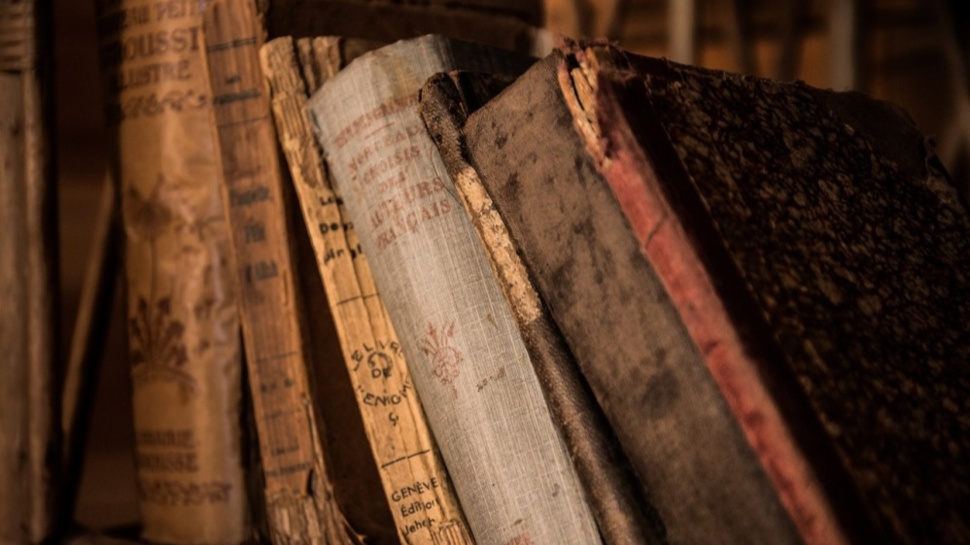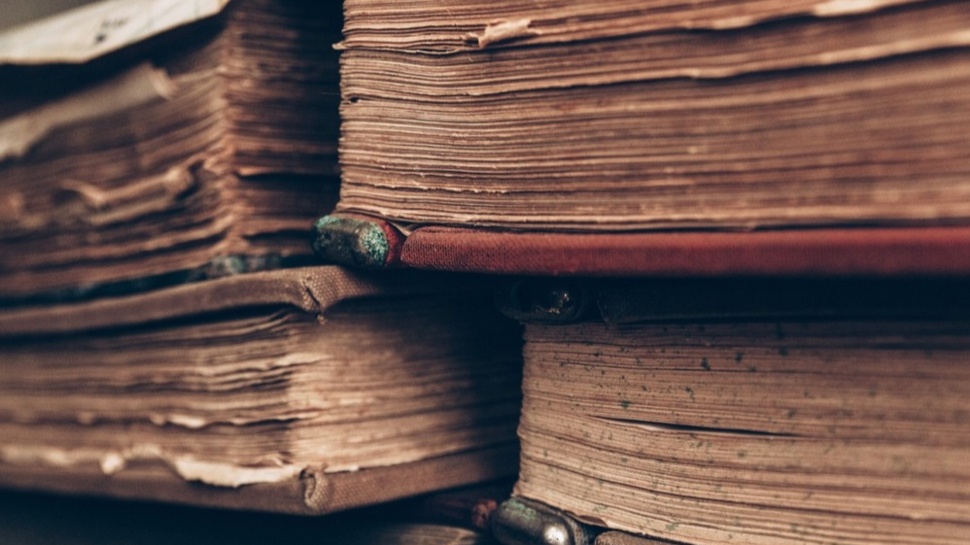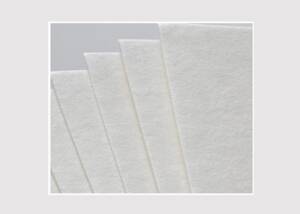Age-resistant papers: How they are made and how they last
News General news
Age-resistant paper is a specially manufactured paper that has a long shelf life and is resistant to environmental influences. It is mainly used for documents that need to be stored over a long period of time, such as certificates, contracts, historical writings or art prints.

Whether in archives, libraries or public authorities - age-resistant papers are used wherever important documents need to be stored for the long term. But what makes these papers so special and how long do they last? We explain what is important when it comes to production and storage.
Production of age-resistant papers
Today, modern papers are usually made from 100 percent bleached pulp. To be considered age-resistant, the paper must also have a pH value between 7.5 and 9 and contain at least 3 percent calcium carbonate (chalk) as an alkaline reserve. This buffer prevents the paper from becoming acidic and therefore brittle over time.
During the manufacturing process, it is also important to avoid using optical brighteners and chlorine in the bleaching process. This is because these additives can also accelerate ageing. Particularly high-quality and hard-wearing papers also contain a rag content, i.e. fibers from rags or cotton.
Age-resistant paper is manufactured using high-quality raw materials and special processes. In contrast to conventional paper, which is often made from wood pulp or cellulose and contains acid, age-resistant paper is made from pure, acid-free fibers such as cotton, hemp or linen. By avoiding acid and using alkaline additives, the ageing process of the paper is slowed down.
Another important factor for the longevity of the paper is the treatment with substances that protect it from harmful influences such as light, moisture, mold and insect infestation. These substances, often referred to as “paper reserves”, neutralize acids and prevent the paper from yellowing and becoming brittle over time.
Age-resistant paper is characterized by high tear resistance, color fastness and dimensional stability. It retains its flexibility and strength even after many years without yellowing or disintegrating. This makes it ideal for long-term archiving of important documents and for printing high-quality works of art.

Service life classes provide information
In order to define the ageing resistance of paper, so-called service life classes (LDK) have been introduced. The following applies:
- LDK 6-40: at least 50 years service life
- LDK 6-70: at least 100 years service life
- LDK 12-80: several 100 years service life
- LDK 24-85: classified as resistant to ageing
Depending on the intended use, the paper should have a corresponding service life class. While a short shelf life is sufficient for newspapers, professional archives rely on the highest LDK values in order to still be able to use the documents in several hundred years' time.
Pay attention to writing instruments and storage
In addition to the paper itself, the writing instrument also plays an important role in longevity. Ballpoint pens, fiber pens and ink should also be tested for ageing resistance. They must not bleed, fade or react with the paper. As a rule of thumb, pens must be lightfast, indelible, waterproof and smudge-proof.
Important documents are best stored at 18 degrees Celsius and 50 percent relative humidity. Excessively high temperatures, sunlight and moisture accelerate the natural ageing process and should be avoided.

Conclusion: Age-resistant paper is a high-tech product that can last for centuries
Age-resistant paper is a high-tech product that can last for many decades or even centuries thanks to the right composition, treatment and storage. In combination with equally high-quality writing instruments, documents can be created for eternity. Archives and libraries ensure that our knowledge is preserved and usable for future generations. Because paper is patient - at least until ink and acid gnaw away at it.
Due to its special properties and the complex production process, age-resistant paper is generally more expensive than conventional paper. Nevertheless, it is the best choice for many applications where a long shelf life is required. In archives, libraries and museums, age-resistant paper is used as standard to preserve valuable documents and works of art for future generations.










